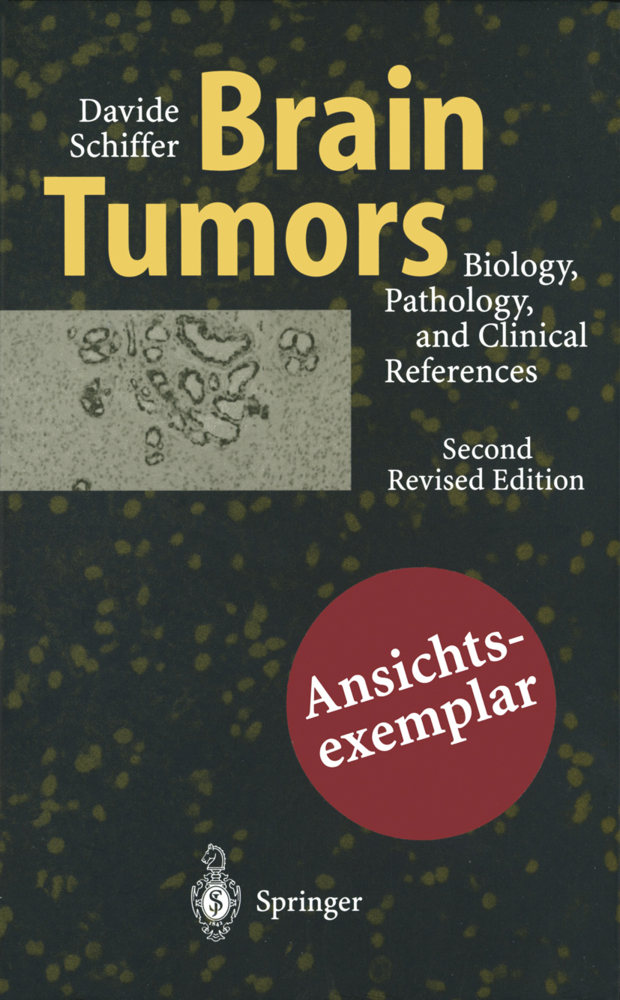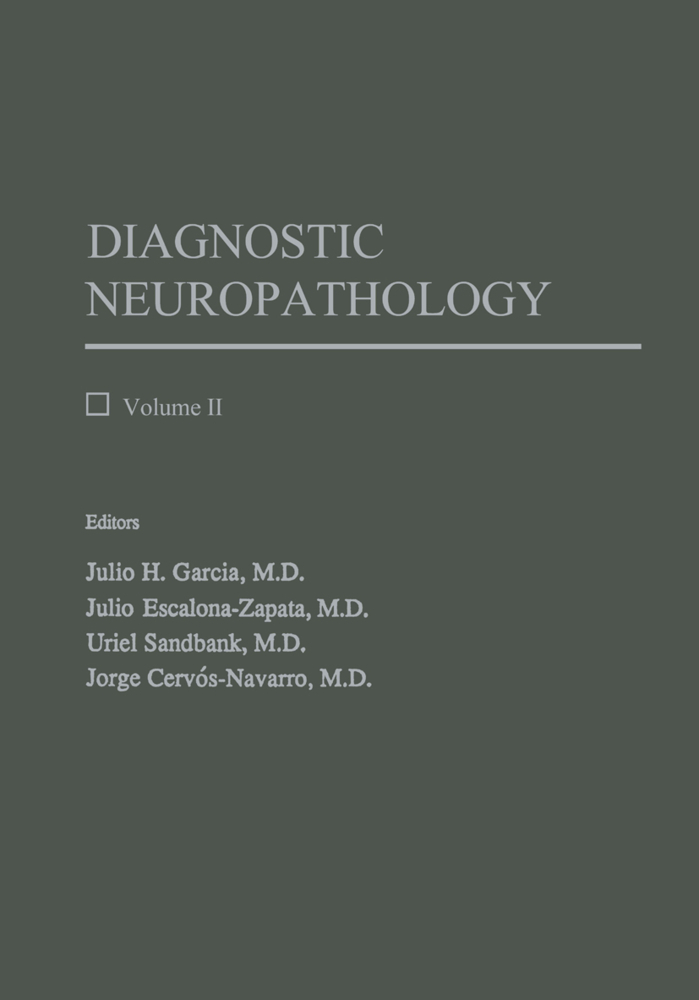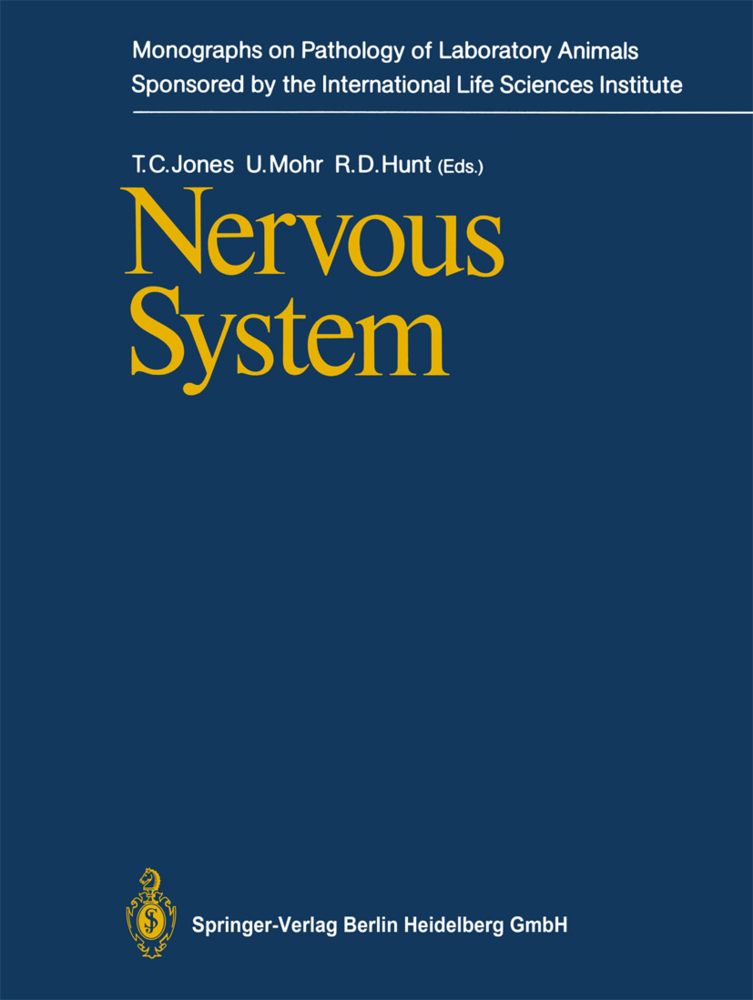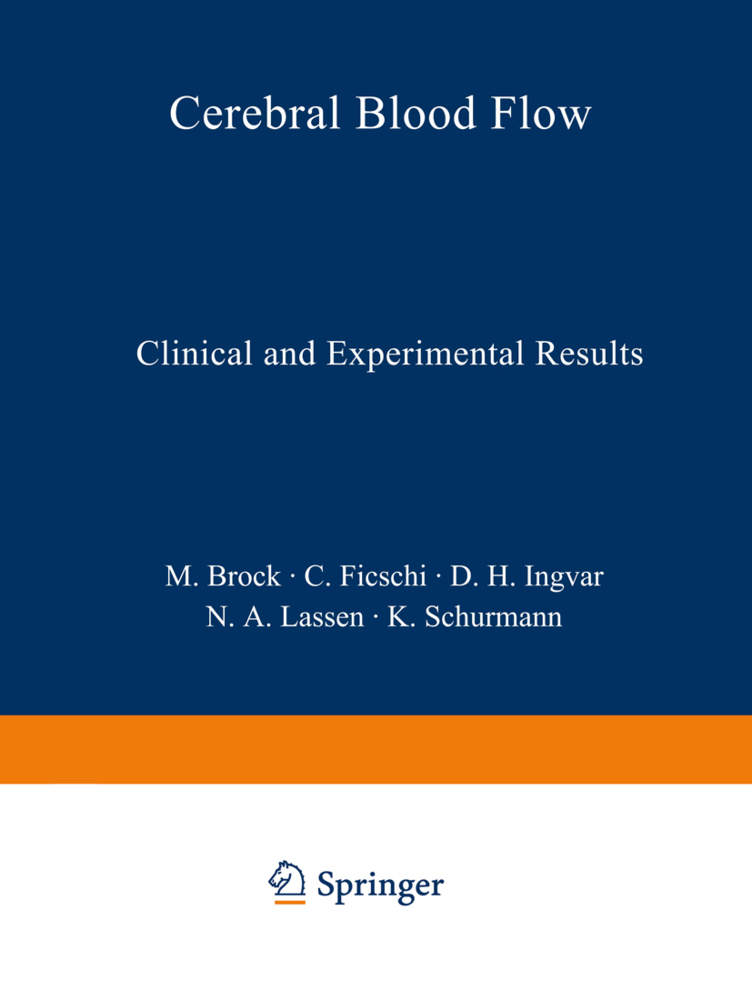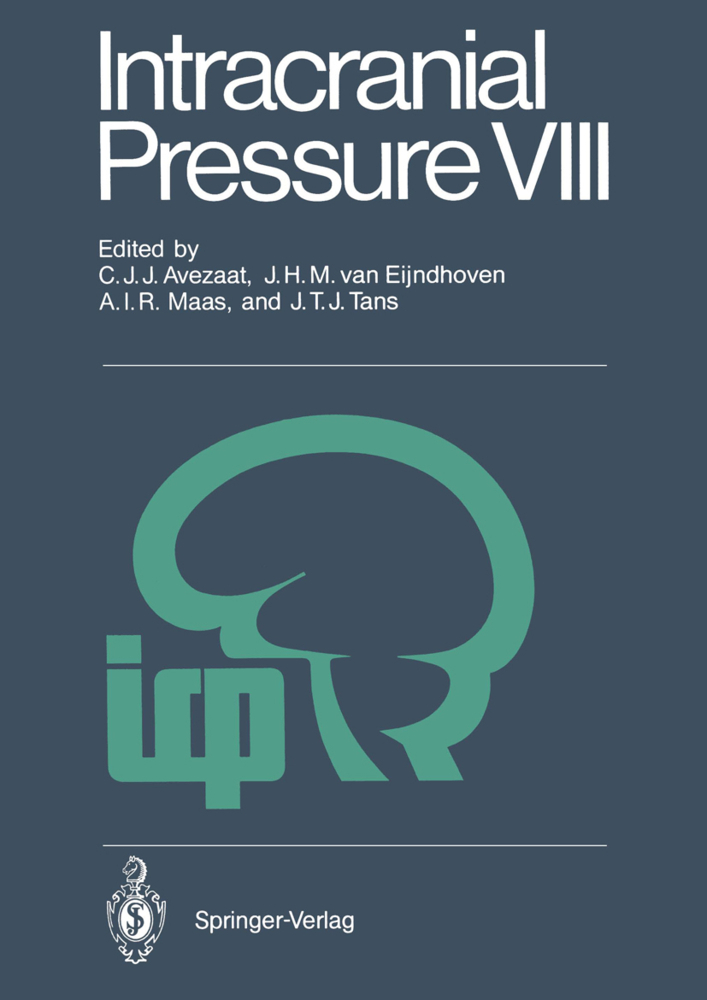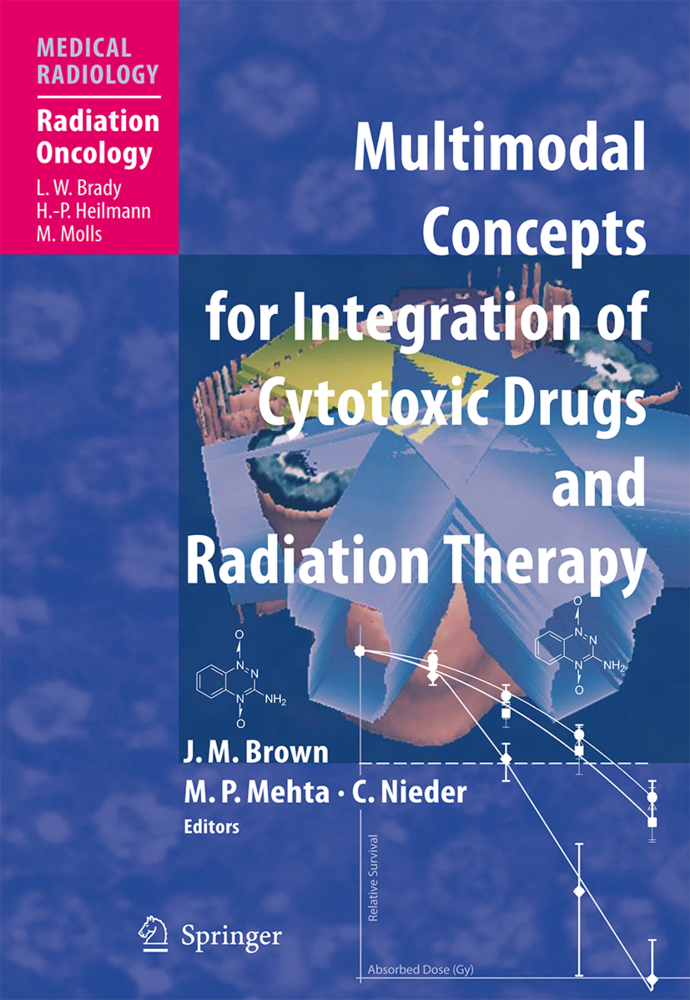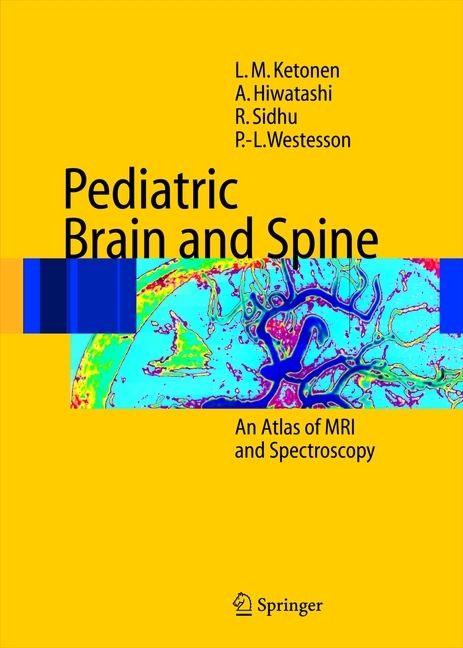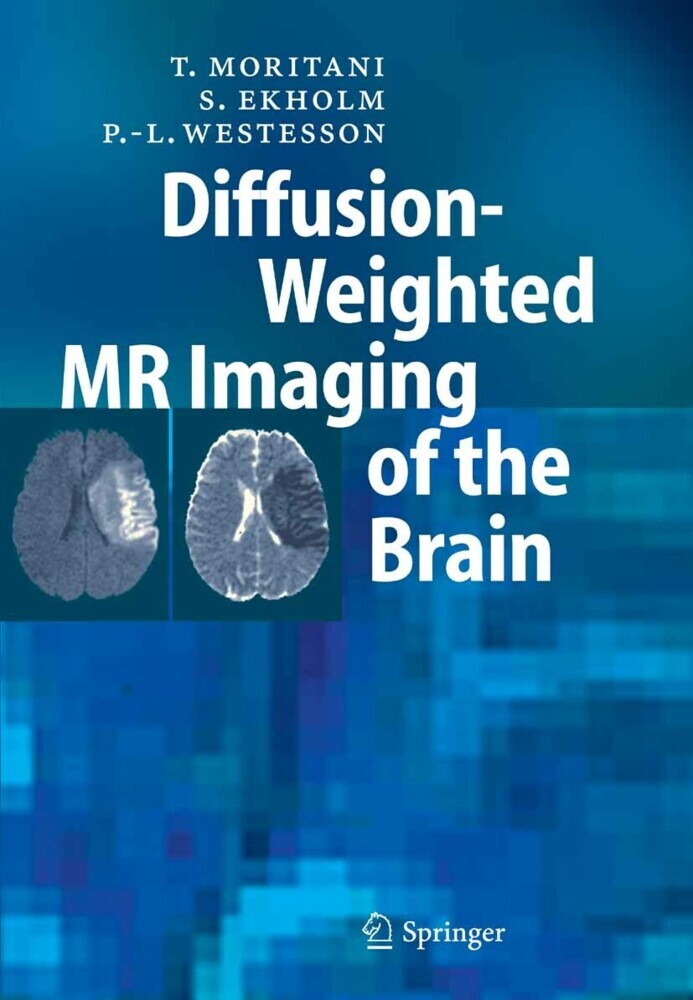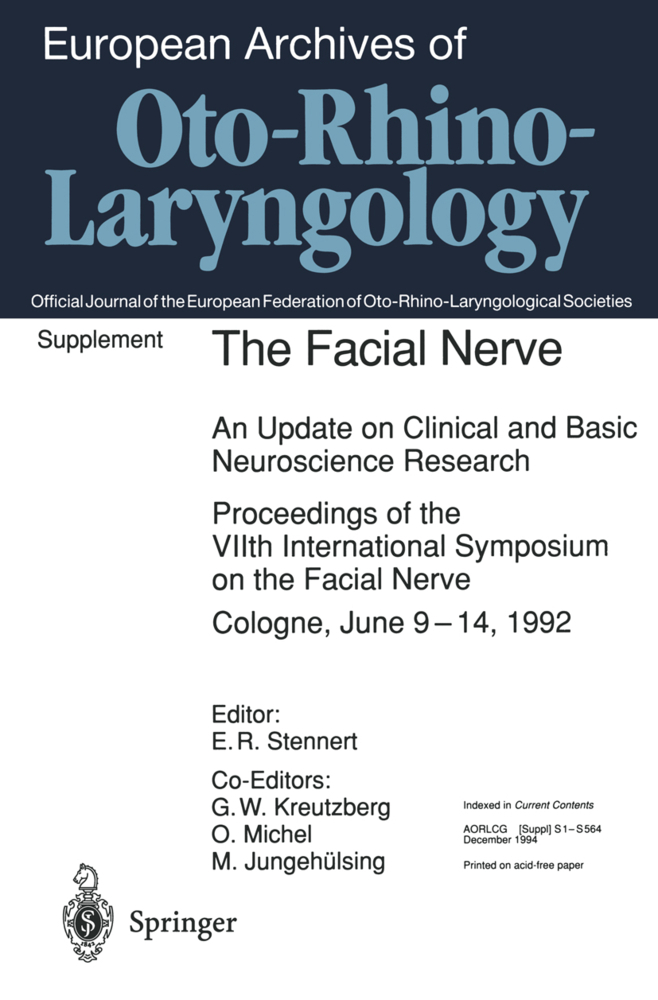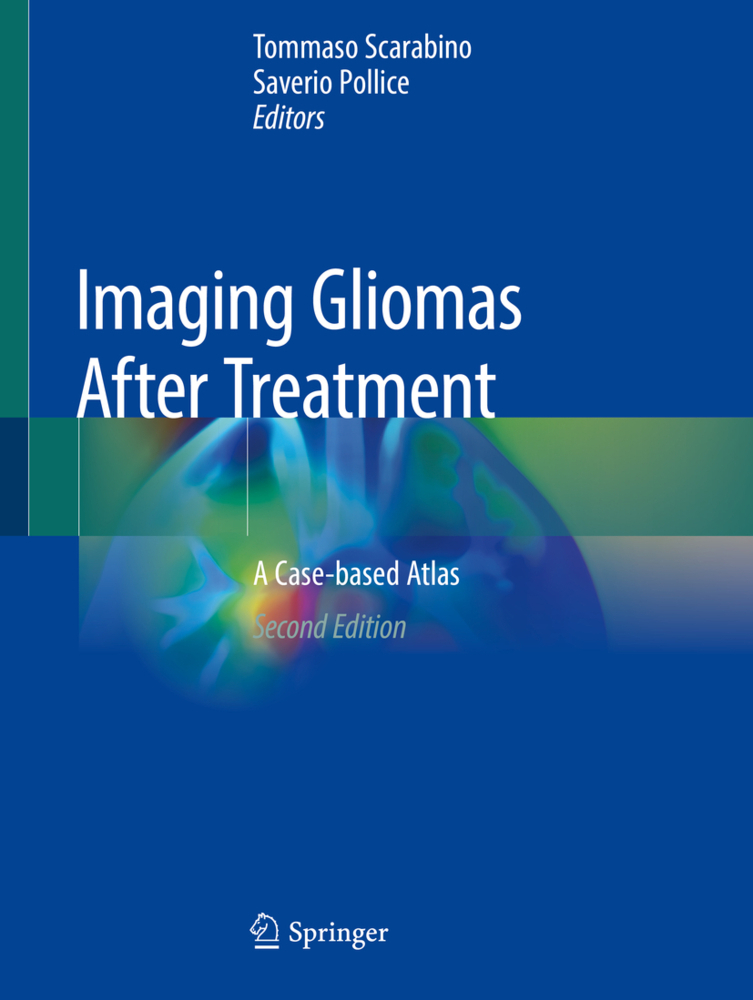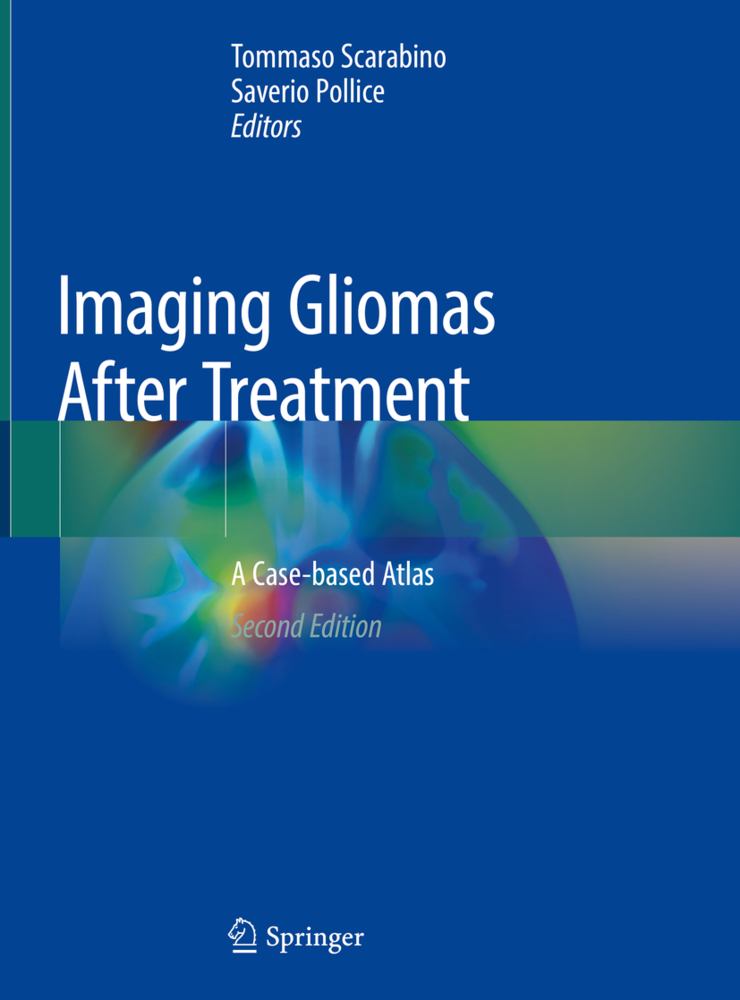Brain Tumors
Biology, Pathology and Clinical References
Brain Tumors
Biology, Pathology and Clinical References
Neurooncology has become a science of such great proportions and indefinite limits as to include branches which widely diverge from one another. Therefore, it is not an easy task to fit it all into the narrow framework of a book, though the collaboration among scientists compensates partly for the varying depths of knowledge and ex perience in the individual disciplines. The principal characteristic of this work, how ever, is in casting "pathology" as the common nosographic link. Though scientific progress has brought us well past the nosography of brain tu of departure, the area of mutual understanding to mors, pathology remains the point which all students of neurooncology refer when laying out diagnostic, therapeutic, and research schedules. Neurologists, neurosurgeons, and neuroradiologists orient themselves only by referring to tumor types. Neurooncology treatises require ever greater numbers of authors in order to cover the different subject areas with uniform authority. Excellent texts are available today for this purpose. The present book is not, and does not wish to be, a treatise but rather aims at presenting different aspects of neurooncology from the perspective of pathology and its biological and clinical correlates. It expresses the author's experi ence in the study of brain tumors and their pathology and clinical characteristics. The emphasis dedicated to the subjects relates to the clinicopathological and theore tical importance.
1.2 Gliogenesis in Adult Animals
1.3 Development of the Cerebellar Cortex
1.4 Radial Glia and Ependyma
1.5 Genes Controlling Nervous System Development
2 Factors of the Transformation Process
2.1 Genetics and Molecular Biology
2.2 Familial Incidence of Tumors
2.3 Congenital Tumors
2.4 Risk Factors: Epidemiological Data
3 Experimental Tumors
3.1 Chemical Carcinogenesis
3.2 Viral Carcinogenesis
3.3 Transplantable Animal Models
3.4 Gene Transfer Models of Neural Tumors
4 Antigens of Phenotypic Expression and Differentiation Markers
4.1 Brain Tumor-Associated Antigens
4.2 Antigens Employed in the Histological Diagnosis of Brain Tumors
5 Pathology of the Host-Tumor Interaction
5.1 Peritumoral Changes
5.2 Regressive Events in the Tumor
5.3 Cerebral Edema
5.4 Calcifications
5.5 Immune Response
6 Classification and Nosography of Neuroepithelial Tumors
7 The Concept of Malignancy: Anaplasia, Cell Proliferation, Metastasis
7.1 General Considerations
7.2 Cell Kinetics
7.3 Metastasis
7.4 Expansion and Invasiveness
8 Descriptive Epidemiology of Primary Nervous System Tumors
8.1 General Data
8.2 Epidemiology of Intracranial Tumors
8.3 Epidemiology of Intraspinal Tumors
9 Astrocytic Tumors
9.1 Nosological Problems
9.2 Astrocytic Tumors of the Cerebral Hemispheres
9.3 Astrocytic Tumors of the Midline
9.4 Astrocytic Tumors of the Spinal Cord
10 Oligodendroglial Tumors
10.1 Oligodendroglioma
10.2 Presence of Astrocytes and the Problem of Mixed Gliomas: Oiigoastrocytoma
10.3 Anaplastic Oligodendroglioma and Prognosis
11 Ependymal Tumors
11.1 Ependymoma
11.2 Subependymoma
11.3 Ependymoblastoma
12 Choroid Plexus Tumors.-12.1 Plexus-Papilloma
12.2 Malignant Variant (Plexus Carcinoma)
13 Tumors Composed of Neural Cells
13.1 Ganglioglioma (Gangliocytoma)
13.2 Dysplastic Gangliocytoma of the Cerebellum
13.3 Infantile Desmoplastic Ganglioglioma -Desmoplastic Infantile Astrocytoma
13.4 Central Neurocytoma
13.5 Dysembryoplastic Neuroepithelial Tumors
13.6 Olfactory Neuroblastoma
14 Pineal Gland Tumors
14.1 The Pineal Gland
14.2 Pineal Gland Tumors
14.3 Pineal Cysts
15 Embryonal Tumors
15.1 Medulloepithelioma
15.2 Medulloblastoma
15.3 Neuroblastoma
15.4 Polar Spongioblastoma
15.5 Appendix: Tumors of the Retina
16 Glomus Tumors, Paragangliomas
16.1 Site, Age, and Clinical Features
16.2 Macroscopic Appearance and Imaging
16.3 Microscopic Appearance
16.4 Prognosis
17 Tumors of the Cranial and Spinal Nerves
17.1 Neurinoma (Schwannoma)
17.2 Neurofibromas
17.3 Granular Cell Tumors
17.4 Neurothekeoma
17.5 Perineurioma
17.6 Prognosis, Malignancy
18 Tumors of the Meninges
18.1 Meningiomas
18.2 Other Mesenchymal Tumors of the Meninges
19 Mesenchymal Tumors
19.1 Chordomas
19.2 Chondroma
19.3 Chondrosarcomas
19.4 Osteomas
19.5 Osteosarcoma
20 Vascular Tumors
20.1 Capillary Hemangioblastoma
21 Tumors and Dysontogenetic Lesions
21.1 Germ Cell Tumors
21.2 Teratomas
21.3 Tumors with Muscle Cells
21.4 Dermo-epidermoid Cysts
21.5 Craniopharyngioma and Epithelial Cysts
21.6 Neuroepithelial and Non-Neuroepithelial Cysts
21.7 Lipomas
21.8 Hamartomas, Ectopias, and Ectopic Tumors
21.9 Hamartomas or Vascular Malformations
22 Phakomatosis and Dysgenetic Syndromes
22.1 Tuberous Sclerosis (Bourneville's Disease)
22.2 Neurofibromatosis
22.3 Von Hippel-Lindau Syndrome
22.4 Sturge-Weber Syndrome
22.5 OtherDysgenetic Syndromes
23 Primary Central Nervous System Lymphomas
23.1 Frequency, Age, Site, and Clinical Features
23.2 Macroscopic Aspect and Imaging
23.3 Microscopic Appearance
23.4 Epidural Lymphomas
23.5 Lymphomas in AIDS
23.6 Prognosis, Treatment
24 Metastases
24.1 Frequency
24.2 Sex
24.3 Age
24.4 Metastatic Pathways
24.5 Macroscopic Appearance and Imaging
24.6 Microscopic Appearance
24.7 Differential Diagnosis
24.8 Prognosis and Therapy
24.9 Carcinomatous Meningitis
24.10 Spinal Metastases
25 Biological Basis of Therapies
25.1 Radiotherapy
25.2 Chemotherapy
25.3 Immunotherapy
25.4 Biologic Therapies
26 Effects of Treatment on Brain Tumors and Normal Nervous Tissue
26.1 Effects of Radiotherapy and/or Chemotherapy on Human Brain Tumors
26.2 Effects of External Radiotherapy on the Human Brain
26.3 Effects of Brachytherapy on the Human Brain
26.4 Effects of External Radiotherapy on the Human Spinal Cord and/or Nerve Roots
26.5 Pathogenesis of Adverse Effects of Radiotherapy on the Normal Nervous Tissue
26.6 Effects of Chemotherapy on the Human Brain and Spinal Cord
26.7 Effects of Treatment on Normal Nervous Tissue in Acute Lymphocytic Leukemia of Childhood
26.8 Second Malignancies
References.
1 Cytogenesis of the Central Nervous System
1.1 Neurogenesis and Gliogenesis1.2 Gliogenesis in Adult Animals
1.3 Development of the Cerebellar Cortex
1.4 Radial Glia and Ependyma
1.5 Genes Controlling Nervous System Development
2 Factors of the Transformation Process
2.1 Genetics and Molecular Biology
2.2 Familial Incidence of Tumors
2.3 Congenital Tumors
2.4 Risk Factors: Epidemiological Data
3 Experimental Tumors
3.1 Chemical Carcinogenesis
3.2 Viral Carcinogenesis
3.3 Transplantable Animal Models
3.4 Gene Transfer Models of Neural Tumors
4 Antigens of Phenotypic Expression and Differentiation Markers
4.1 Brain Tumor-Associated Antigens
4.2 Antigens Employed in the Histological Diagnosis of Brain Tumors
5 Pathology of the Host-Tumor Interaction
5.1 Peritumoral Changes
5.2 Regressive Events in the Tumor
5.3 Cerebral Edema
5.4 Calcifications
5.5 Immune Response
6 Classification and Nosography of Neuroepithelial Tumors
7 The Concept of Malignancy: Anaplasia, Cell Proliferation, Metastasis
7.1 General Considerations
7.2 Cell Kinetics
7.3 Metastasis
7.4 Expansion and Invasiveness
8 Descriptive Epidemiology of Primary Nervous System Tumors
8.1 General Data
8.2 Epidemiology of Intracranial Tumors
8.3 Epidemiology of Intraspinal Tumors
9 Astrocytic Tumors
9.1 Nosological Problems
9.2 Astrocytic Tumors of the Cerebral Hemispheres
9.3 Astrocytic Tumors of the Midline
9.4 Astrocytic Tumors of the Spinal Cord
10 Oligodendroglial Tumors
10.1 Oligodendroglioma
10.2 Presence of Astrocytes and the Problem of Mixed Gliomas: Oiigoastrocytoma
10.3 Anaplastic Oligodendroglioma and Prognosis
11 Ependymal Tumors
11.1 Ependymoma
11.2 Subependymoma
11.3 Ependymoblastoma
12 Choroid Plexus Tumors.-12.1 Plexus-Papilloma
12.2 Malignant Variant (Plexus Carcinoma)
13 Tumors Composed of Neural Cells
13.1 Ganglioglioma (Gangliocytoma)
13.2 Dysplastic Gangliocytoma of the Cerebellum
13.3 Infantile Desmoplastic Ganglioglioma -Desmoplastic Infantile Astrocytoma
13.4 Central Neurocytoma
13.5 Dysembryoplastic Neuroepithelial Tumors
13.6 Olfactory Neuroblastoma
14 Pineal Gland Tumors
14.1 The Pineal Gland
14.2 Pineal Gland Tumors
14.3 Pineal Cysts
15 Embryonal Tumors
15.1 Medulloepithelioma
15.2 Medulloblastoma
15.3 Neuroblastoma
15.4 Polar Spongioblastoma
15.5 Appendix: Tumors of the Retina
16 Glomus Tumors, Paragangliomas
16.1 Site, Age, and Clinical Features
16.2 Macroscopic Appearance and Imaging
16.3 Microscopic Appearance
16.4 Prognosis
17 Tumors of the Cranial and Spinal Nerves
17.1 Neurinoma (Schwannoma)
17.2 Neurofibromas
17.3 Granular Cell Tumors
17.4 Neurothekeoma
17.5 Perineurioma
17.6 Prognosis, Malignancy
18 Tumors of the Meninges
18.1 Meningiomas
18.2 Other Mesenchymal Tumors of the Meninges
19 Mesenchymal Tumors
19.1 Chordomas
19.2 Chondroma
19.3 Chondrosarcomas
19.4 Osteomas
19.5 Osteosarcoma
20 Vascular Tumors
20.1 Capillary Hemangioblastoma
21 Tumors and Dysontogenetic Lesions
21.1 Germ Cell Tumors
21.2 Teratomas
21.3 Tumors with Muscle Cells
21.4 Dermo-epidermoid Cysts
21.5 Craniopharyngioma and Epithelial Cysts
21.6 Neuroepithelial and Non-Neuroepithelial Cysts
21.7 Lipomas
21.8 Hamartomas, Ectopias, and Ectopic Tumors
21.9 Hamartomas or Vascular Malformations
22 Phakomatosis and Dysgenetic Syndromes
22.1 Tuberous Sclerosis (Bourneville's Disease)
22.2 Neurofibromatosis
22.3 Von Hippel-Lindau Syndrome
22.4 Sturge-Weber Syndrome
22.5 OtherDysgenetic Syndromes
23 Primary Central Nervous System Lymphomas
23.1 Frequency, Age, Site, and Clinical Features
23.2 Macroscopic Aspect and Imaging
23.3 Microscopic Appearance
23.4 Epidural Lymphomas
23.5 Lymphomas in AIDS
23.6 Prognosis, Treatment
24 Metastases
24.1 Frequency
24.2 Sex
24.3 Age
24.4 Metastatic Pathways
24.5 Macroscopic Appearance and Imaging
24.6 Microscopic Appearance
24.7 Differential Diagnosis
24.8 Prognosis and Therapy
24.9 Carcinomatous Meningitis
24.10 Spinal Metastases
25 Biological Basis of Therapies
25.1 Radiotherapy
25.2 Chemotherapy
25.3 Immunotherapy
25.4 Biologic Therapies
26 Effects of Treatment on Brain Tumors and Normal Nervous Tissue
26.1 Effects of Radiotherapy and/or Chemotherapy on Human Brain Tumors
26.2 Effects of External Radiotherapy on the Human Brain
26.3 Effects of Brachytherapy on the Human Brain
26.4 Effects of External Radiotherapy on the Human Spinal Cord and/or Nerve Roots
26.5 Pathogenesis of Adverse Effects of Radiotherapy on the Normal Nervous Tissue
26.6 Effects of Chemotherapy on the Human Brain and Spinal Cord
26.7 Effects of Treatment on Normal Nervous Tissue in Acute Lymphocytic Leukemia of Childhood
26.8 Second Malignancies
References.
Schiffer, Davide
Giordana, M. T.
Mauro, A.
Soffietti, R.
| ISBN | 978-3-642-64445-0 |
|---|---|
| Artikelnummer | 9783642644450 |
| Medientyp | Buch |
| Auflage | 2. Aufl. |
| Copyrightjahr | 2011 |
| Verlag | Springer, Berlin |
| Umfang | 695 Seiten |
| Abbildungen | XX, 695 p. |
| Sprache | Englisch |

